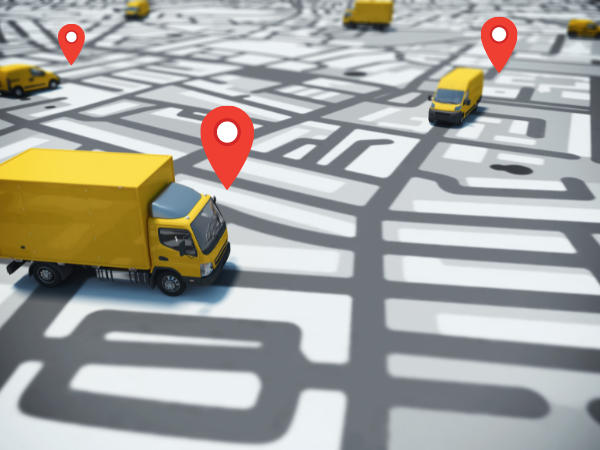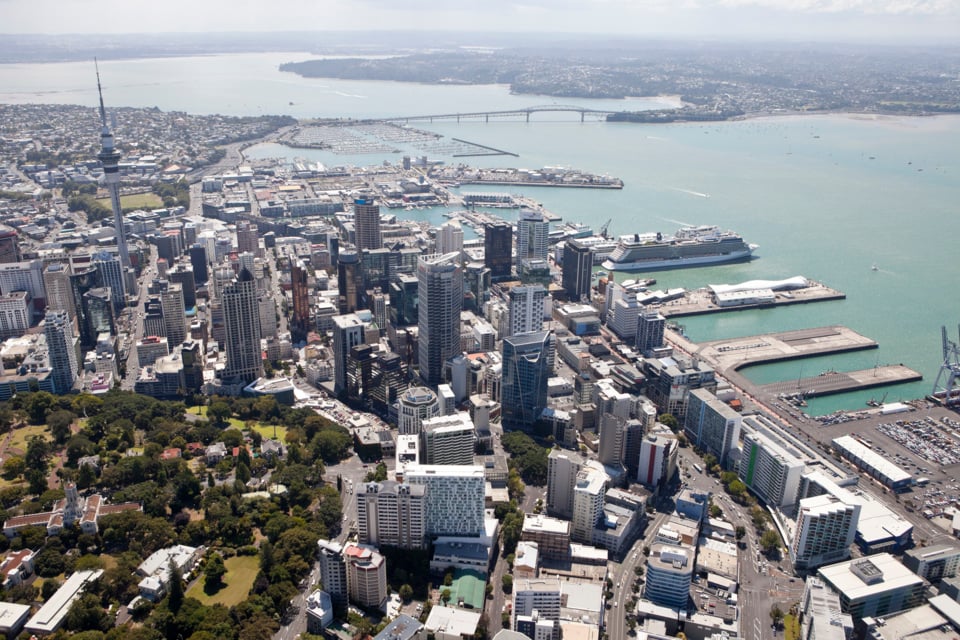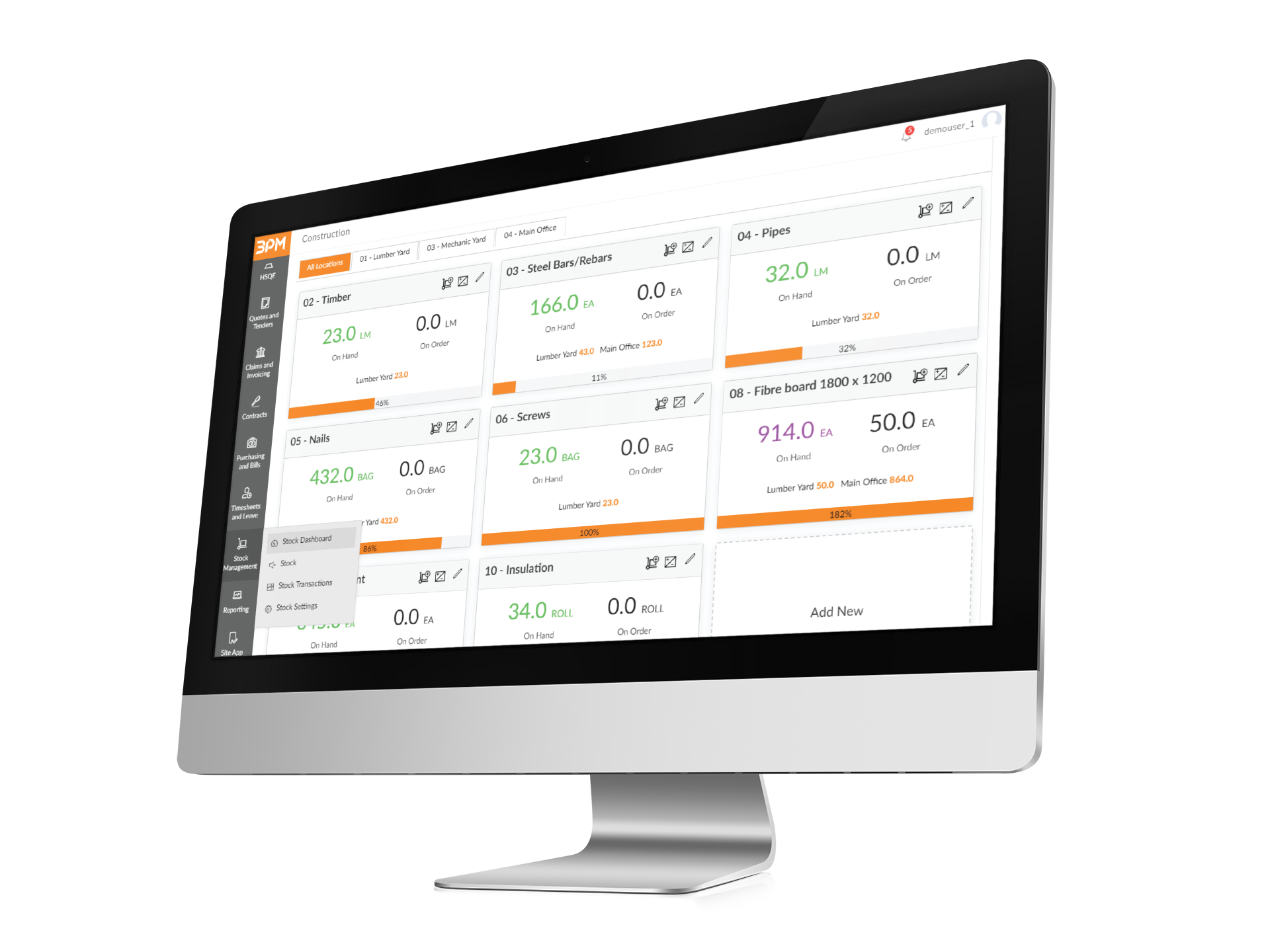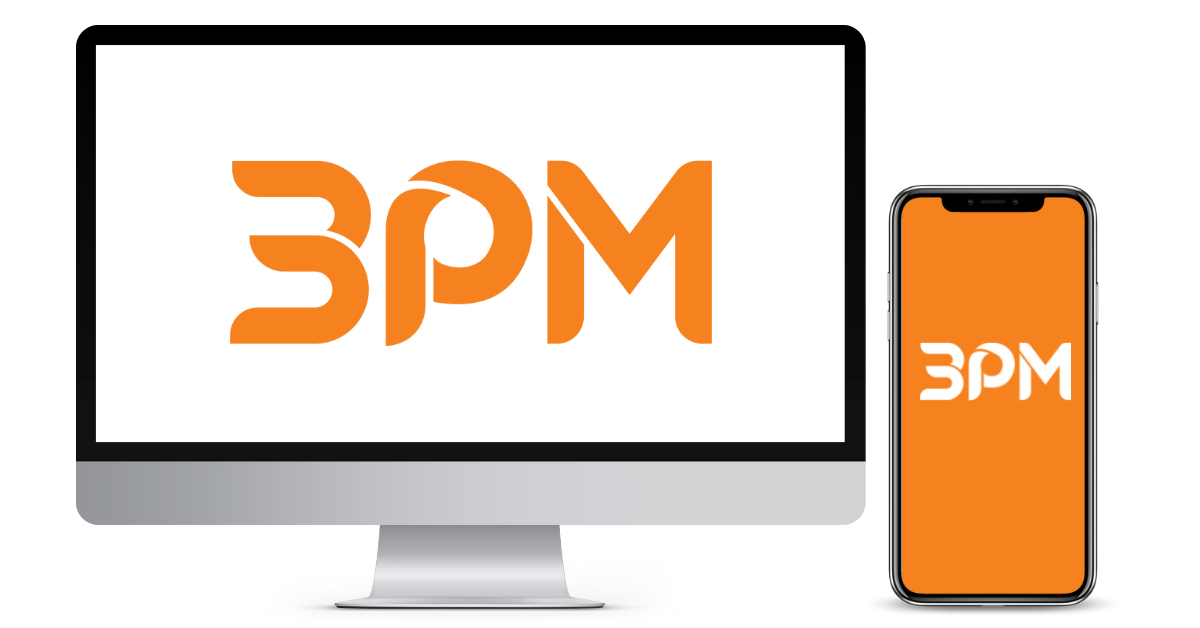Embracing Industry 4.0: Transforming Aotearoa’s Construction Sector
The Fourth Industrial Revolution, also known as Industry 4.0, is transforming sectors worldwide with a seismic shift towards digitisation,...
3 min read
 Andrew Radcliffe
:
May 10, 2023 1:21:12 PM
Andrew Radcliffe
:
May 10, 2023 1:21:12 PM

When it comes to any business, it’s important to plan for the future and invest in new technologies that can make your company more efficient and cost-effective. This is especially true of the construction industry, where sites are often remote and large machines expensive to repair or replace if anything goes wrong.
GPS tracking for construction is a technology that has many benefits for businesses in this sector - read on to find out why you should invest in GPS tracking for construction.

Why invest in GPS Tracking for Construction?
The construction industry is one that is always changing - new buildings are being built all the time, and existing ones are being renovated and repurposed. This means that construction companies must be flexible and able to respond quickly to new challenges and opportunities as they arrive. With all this change and growth going on, investing in new technologies to make your business more efficient is a good idea.
GPS tracking for construction can provide several benefits for businesses in this sector, such as the following:
Improved productivity
GPS tracking can be integrated with mobile apps, allowing workers to track their location, equipment and workload in real time. This makes it easier for managers to see how long tasks take and help employees stay on schedule, improving productivity.
Improved safety
GPS tracking can also help keep employees safe by alerting them to nearby hazards, such as traffic or nearby dangerous goods. It can also be used to mark hazardous areas, such as those containing asbestos or a live electrical circuit.
Improved fleet management
GPS tracking can also be used to help with fleet management, checking the location of vehicles and trailers in real time and alerting managers if something goes wrong, such as if a vehicle gets stuck on a job site.
Reduced operating costs
GPS tracking can also be used to monitor the fuel use of vehicles and track the distance travelled, helping to reduce operating costs by deterring unnecessary trips.
Tracking - Know the basics
When it comes to GPS tracking for construction, there are various ways to implement tracking. Depending on your workforce, you may choose to use wearable devices, vehicle-mounted equipment or a combination of both.
The best option for your company depends on a number of things, such as how many people are in the field at any given time, how many vehicles you have and how much equipment you need to track. For example, if your crews are largely mobile, a vehicle-mounted GPS tracker may be the best option.
See options HERE
Why is GPS Tracking Important for Construction? GPS tracking for construction can help with a number of tasks - it allows managers and supervisors to see where each member of the team is, how long tasks take, and how much fuel is used by each vehicle. This information can be used to plan schedules more effectively and avoid overscheduling, which can lead to unnecessary stress and risks fatigue among workers.
GPS tracking for construction can help with a number of tasks - it allows managers and supervisors to see where each member of the team is, how long tasks take, and how much fuel is used by each vehicle. This information can be used to plan schedules more effectively and avoid overscheduling, which can lead to unnecessary stress and risks fatigue among workers.
GPS tracking is also useful for equipment tracking, providing managers with information on the location of machinery and their fuel use, helping to reduce operating costs. This information can help to avoid costly repairs and breakdowns by showing technicians the areas where equipment is most likely to break down, making it easier to spot potential problems early on.
GPS tracking can also be used to assist with asset management, helping to keep track of expensive equipment and avoid theft - particularly useful in remote areas where it might be difficult for the authorities to respond quickly in an emergency.
GPS tracking benefits for construction workers
For Field Staff
GPS tracking can have a number of benefits for construction workers, such as improved safety and health, reduced risk of fatigue, and reduced risk of injury. When workers know their location and the routes they are expected to take, they can avoid hazards such as live electrical circuits and can also take advantage of shortcuts that might otherwise go unnoticed. This can reduce the risk of fatigue, which can be a problem in remote areas, especially when workers have to walk long distances to reach job sites. GPS tracking can also help to prevent injuries by alerting workers to nearby hazards, such as vehicles or hazardous areas marked by the authorities, such as those containing asbestos.
For Machinery and Tools
GPS tracking for construction can also be used to track the location of machinery and tools, such as cranes, excavators and loaders. Tracking these items can provide several benefits. It can help managers to know where expensive equipment is at all times, and it can also help to avoid theft. It’s also useful for staff training, allowing instructors to replay movements, allowing them to see where mistakes were made and helping to improve the skills of new workers.
 How do you get Started?
How do you get Started?
If you decide that GPS tracking would be a good investment for your company, you will need to choose a solution and start implementing it. While there are many different types of GPS tracking systems, before you choose one you will need to assess your business needs and decide which features are most important to you. Choosing the right solution is important, so you should start by listing your business needs, such as what types of assets you would like to track, how many people you want to track, and what equipment would be best equipped for tracking. Once you have this information, it will be easier to start comparing different systems and find the right fit for your needs.
Conclusion
GPS tracking for construction can provide many benefits for companies in this sector, improving safety, productivity, fleet management, and operating costs. Before choosing a system, you will need to assess your business needs and decide which features are most important to you. Once you have chosen a system, you will need to implement it by training staff, selecting appropriate devices for each job, and integrating tracking with your existing software.
Do you need help? Check out this page for the options available or speak with us here.

The Fourth Industrial Revolution, also known as Industry 4.0, is transforming sectors worldwide with a seismic shift towards digitisation,...

The Construction Sector Accord in New Zealand stands as a testament to the dedication and commitment towards transforming the construction sector....

The construction industry is a complex, dynamic entity encompassing myriad stakeholders, processes, and activities. It has long wrestled with issues...